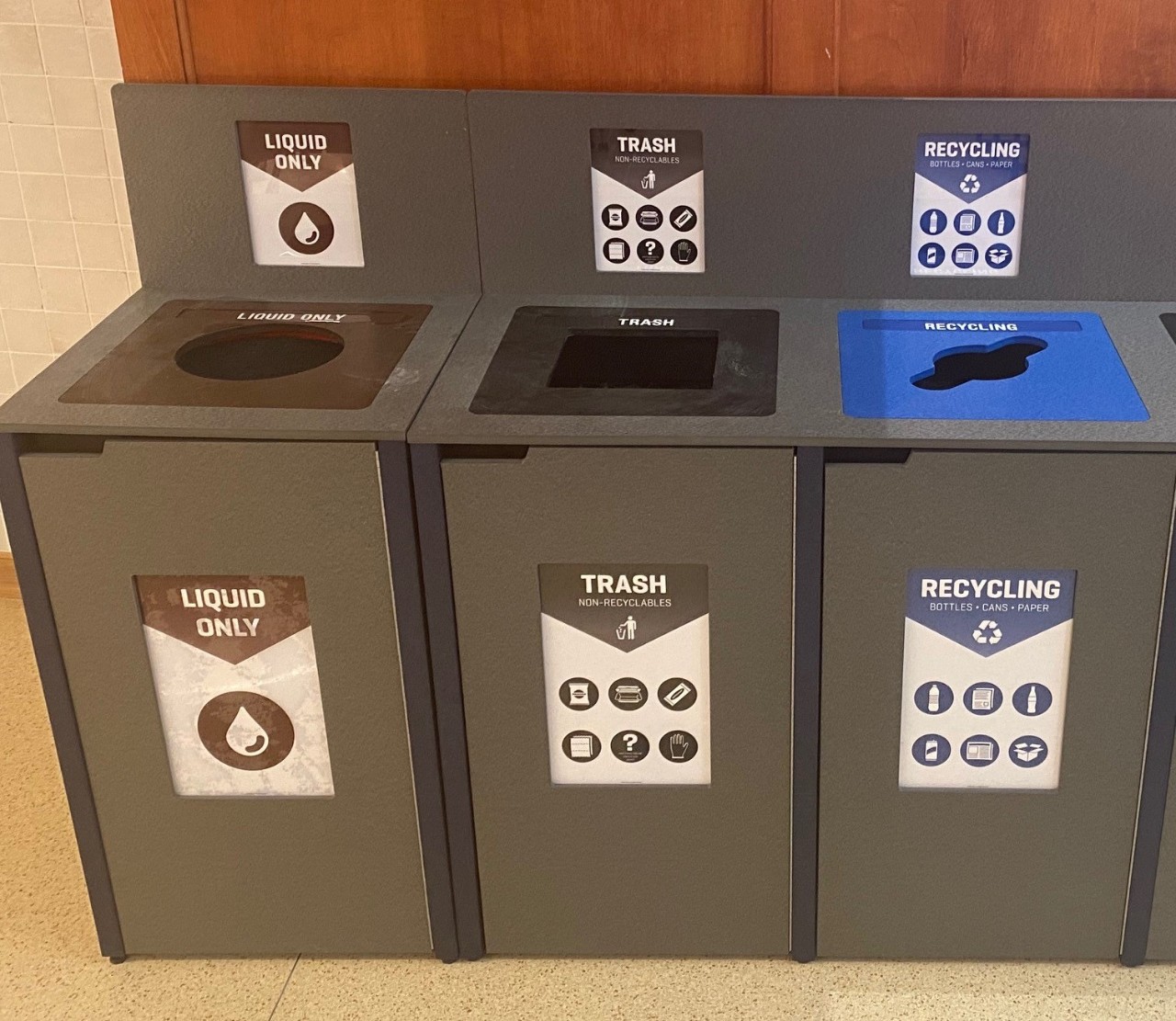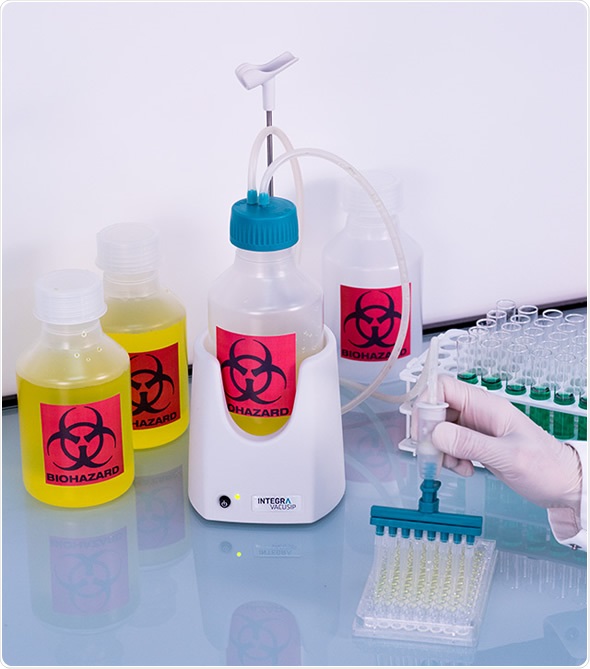Professional Liquid Waste Removal Melbourne: Maintaining Your Environment Tidy
Professional Liquid Waste Removal Melbourne: Maintaining Your Environment Tidy
Blog Article
Just How Fluid Waste Disposal Functions: A Comprehensive Overview of Strategies and Technologies Used

Summary of Fluid Waste Types
The intricacy of liquid waste kinds necessitates a comprehensive understanding of their qualities and implications for disposal. Fluid waste can extensively be classified right into a number of kinds, including commercial, municipal, farming, and harmful waste. Each classification shows unique properties, requiring certain administration strategies to alleviate ecological and wellness risks.
Industrial liquid waste originates from producing processes and frequently has a series of pollutants, such as hefty steels, solvents, and organic substances. Community liquid waste, mainly comprising wastewater from families and industrial facilities, includes natural matter, nutrients, and virus (industrial wastewater treatment). Agricultural liquid waste, consisting of runoff from ranches, might contain fertilizers, pesticides, and pet waste, posturing risks to water quality and communities
Dangerous fluid waste is defined by its poisoning, sensitivity, or possible to create injury. This classification includes substances like acids, bases, and specific chemicals that necessitate strict handling and disposal procedures. Recognizing these diverse fluid waste types is vital for creating efficient disposal methods and guaranteeing conformity with environmental regulations. Proper category and characterization are important for carrying out ideal therapy methods and lessening the adverse influence on public health and wellness and the atmosphere.
Physical Treatment Techniques

Screening is the first action, where larger bits and particles are removed from the fluid waste making use of displays or grates. In sedimentation storage tanks, heavier particles settle at the base, developing a sludge layer, while the clarified liquid can be additional dealt with.
Purification is an additional important technique that entails passing the fluid via porous materials, such as sand or membranes, to capture smaller fragments. This action improves the top quality of the liquid, making it ideal for subsequent treatment processes.

Chemical Treatment Techniques
Chemical treatment methods are essential for successfully handling fluid waste, especially in resolving dissolved and colloidal impurities that physical methods might not effectively get rid of. These methods use different chemical agents to counteract, precipitate, or change harmful materials into less hazardous kinds.
One usual approach is coagulation and flocculation, where chemicals such as alum or ferric chloride are contributed to promote the gathering of put on hold particles. This procedure improves sedimentation, permitting simpler removal of the resulting sludge. In addition, oxidation procedures, using representatives like chlorine or ozone, are employed to break down complicated organic substances and pathogens, providing the waste safer for discharge or more treatment.
Neutralization is one more critical method, which readjusts the pH of acidic or alkaline waste streams to neutral degrees, protecting against potential injury to downstream systems and the setting. In addition, progressed oxidation procedures (AOPs) make use of mixes of oxidants and useful source ultraviolet light to break down persistent pollutants, achieving a higher level of treatment effectiveness.
Organic Therapy Procedures
Organic therapy processes play an important duty in the management of fluid waste by using bacteria to decompose raw material and decrease impurity levels. These processes can be broadly categorized right into cardiovascular and anaerobic treatments, each using certain microbial neighborhoods to attain effective waste deterioration.
Cardio therapy involves making use of oxygen to help with the breakdown of organic products by microorganisms. This process is frequently carried out in activated sludge systems, where oygenation tanks supply a favorable atmosphere for microbial development, resulting in the oxidation of organic contaminants. The resultant biomass can be divided from treated effluent with sedimentation.
In contrast, official statement anaerobic therapy takes place in the absence of oxygen, counting on various microorganisms to damage down raw material. This technique is specifically beneficial for high-strength waste, as it produces biogas, a renewable resource resource, while lowering sludge production. Technologies such as anaerobic digesters are regularly employed in commercial and metropolitan applications.
Both anaerobic and cardio biological therapies not only lessen the environmental influence of fluid waste but additionally help with source recovery, making them essential components of lasting waste administration methods. Their performance, effectiveness, and adaptability support their widespread execution throughout different markets.
Arising Technologies in Disposal
Innovative techniques to fluid waste disposal are quickly developing, driven by my link advancements in technology and an increasing focus on sustainability. Among these emerging modern technologies, membrane layer bioreactors (MBRs) have gotten traction for their ability to incorporate organic treatment with membrane layer purification, causing high-grade effluent that can be reused in different applications. MBRs make it possible for smaller sized impacts and more efficient procedures compared to standard systems.
Another promising development is the use of anaerobic digestion combined with nutrient recuperation modern technologies, which not just treats fluid waste however also generates biogas and recoups beneficial nutrients like nitrogen and phosphorus. This dual benefit boosts source performance and decreases ecological effect.
Additionally, advanced oxidation procedures (AOPs) are being embraced for the degradation of intricate organic pollutants. These approaches make use of effective oxidants and drivers to damage down pollutants at the molecular level, offering a very reliable option for challenging waste streams.
Moreover, the integration of fabricated intelligence and artificial intelligence in waste monitoring systems is enhancing operational effectiveness and predictive upkeep, bring about reduced costs and boosted ecological compliance. These technologies reflect a substantial change in the direction of more sustainable and reliable fluid waste disposal methods.
Final Thought
In final thought, reliable fluid waste disposal requires a detailed understanding of different methods and modern technologies. By continuously advancing these methodologies, it ends up being feasible to address the expanding difficulties linked with fluid waste, eventually contributing to ecological defense and resource healing.
Fluid waste disposal is a vital facet of environmental management, calling for an extensive understanding of various techniques and technologies customized to various waste kinds. Fluid waste can extensively be categorized right into a number of kinds, including industrial, community, farming, and unsafe waste. Agricultural fluid waste, including runoff from ranches, may contain plant foods, pesticides, and animal waste, posing risks to water quality and communities.
Numerous physical therapy techniques play an important role in taking care of liquid waste properly - industrial wastewater treatment.In final thought, reliable liquid waste disposal necessitates a comprehensive understanding of different techniques and innovations
Report this page